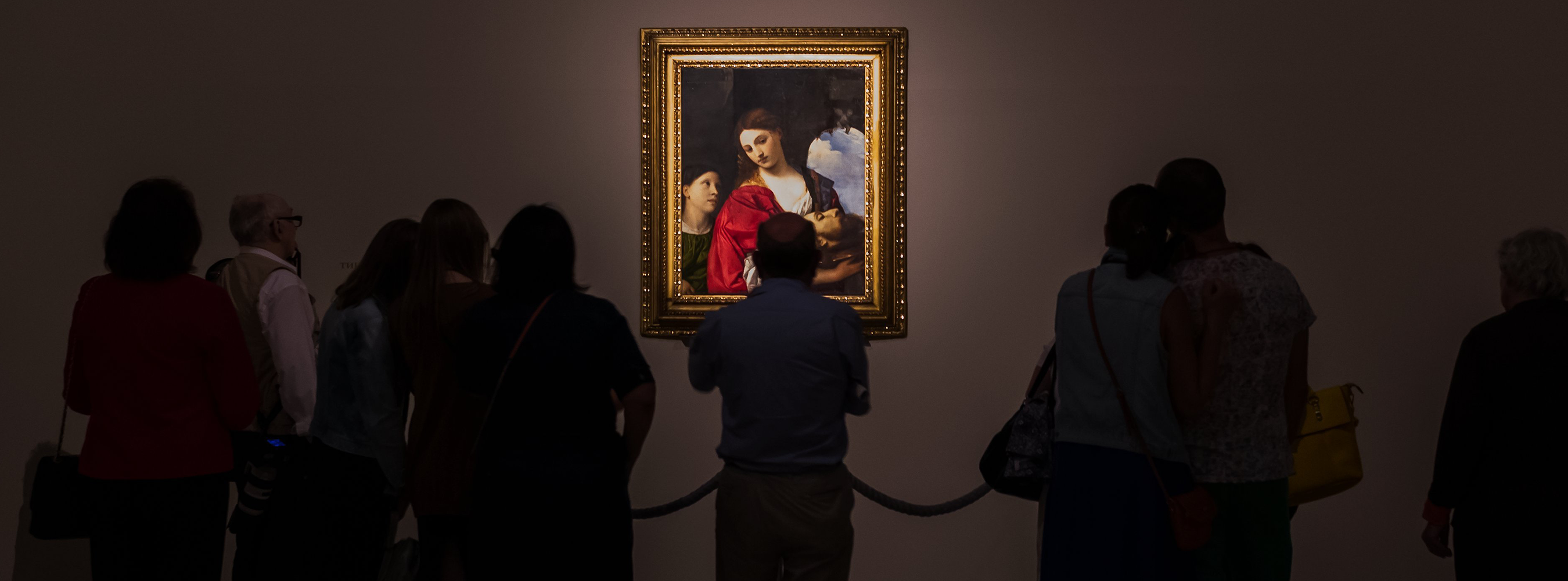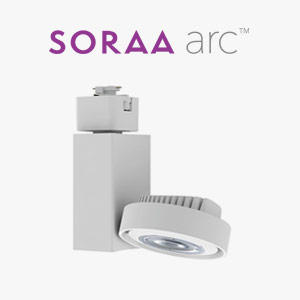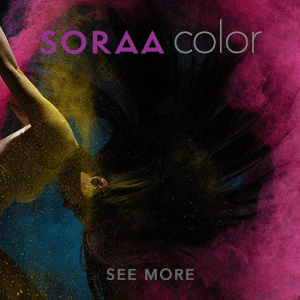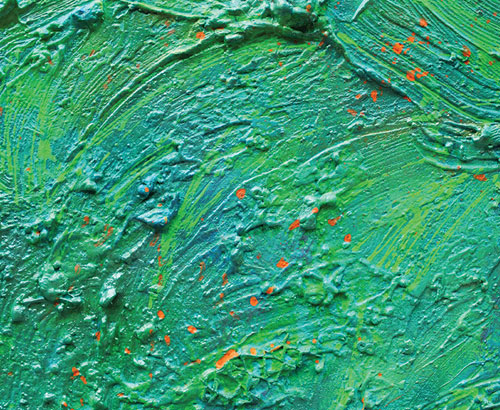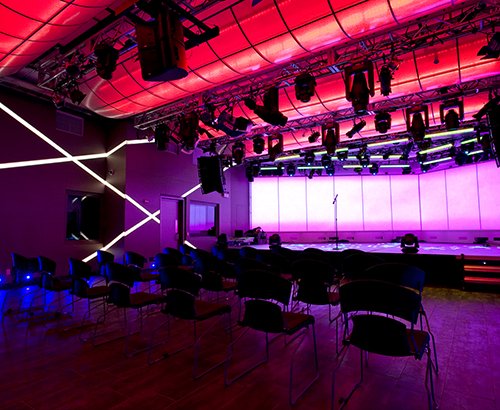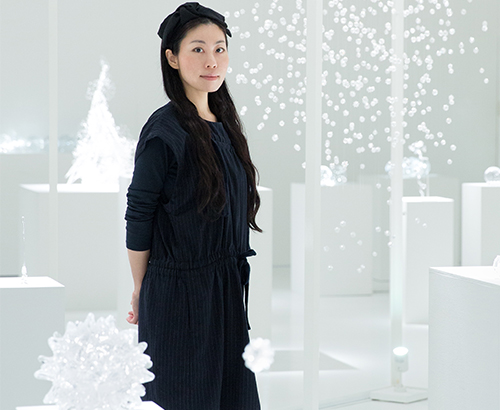I like this
Conserve Art Without Sacrificing Color Rendition
With new developments in LED lighting and technology, it is possible to conserve art, accurately render colors in fragile objects and minimize the effects of light damage.
We spoke with SORAA Chief Scientist Aurelien David to learn more about lighting best practices when it comes to art conservation. Properly employing the art conservation techniques below can help you increase the lifespan of your art collection, all while maximizing the viewing experience in museums, galleries, hotels, restaurants and residences.
Conserve Art With Lighting Best Practices
If your art collection does not contain pieces that are extremely sensitive to light, applying general lighting best practices should suffice. One best practice is to use moderate light levels supported by adequate light contrast when illuminating your artwork.
First, select a low light level in museum and gallery spaces, or wherever you keep your art collection. Then, use directional lighting to illuminate specific pieces of art. This technique provides an optimal balance that delivers superior viewing experiences with lower light exposure.
Additionally, you can consider light sources with high-quality beam distribution and direct them appropriately to avoid light spillage and glare that can cause unnecessary degradation. Carefully considering the spectrum of light emitted can also improve the tradeoff between accurate color rendition and conservation.
How to Conserve Fragile Art
Perhaps your art collection is composed of delicate artifacts that need much more care, such as antique papers, fabrics and paintings.
If you are not sure if a piece of art needs more care when it comes to lighting, simply look at its colors. Do they look faded and dull? If so, high standard light exposure is likely to blame. Consider taking the advanced measures below to minimize further degradation and extend the lifespan of your precious artwork:
- Timed Illumination: Only illuminate art when visitors are present in the room, or for short periods of time.
- Multi-LED Systems: Use specially crafted light spectra with multi-LED systems to maximize the tradeoff between color rendition and light damage.
- Carefully Identify Fragile Art: While effective, these lighting design strategies to conserve art are complex and time consuming. Museums, galleries and art collectors may only afford them for extremely fragile artifacts, so identifying these items before choosing a lighting design strategy can save time and money.
How To Conserve Art Without Losing Accurate Color Rendition
SORAA designs its LED lamps and luminaires with museum, gallery and art collectors’ needs in mind. Whether illuminating vibrant modern art with SORAA’s full spectrum LEDs to accurately render all colors, or using SORAA Snap System™ lenses to enhance a faded object’s vividness, SORAA products can help conserve art when used properly. Here’s how:
World-Class Beam Quality: SORAA’s optics are carefully crafted to deliver the best beams. They provide narrow beam angles (down to 4 degrees) with a clean beam shape and low glare and spill for excellent control of light direction. This way, you can avoid glare and spillage that may cause damage to other works of art.
Full Spectrum Light: SORAA’s full spectrum LEDs offer the best color rendition for art. For example, SORAA VIVID™ LEDs bring out every color in intricate works of art to maximize the viewing experience. For the same damage level, using these light sources at slightly lower illuminance is an effective alternative to using slightly brighter sources with poor color rendition.
Superior Dimming: At low light level, illuminating artwork with a high-end driver that dims without flicker is important. Why? Stroboscopic flicker, which intensifies when dimming lamps with low-quality drivers, often causes headaches and interrupts the art viewing experience. SORAA’s drivers, including its MR16 two-stage driver, offer flicker-free light so people can enjoy art without bothersome flicker.
Beam Pattern Flexibility: The versatile SORAA Snap System™ allows users to easily customize directional beams. Use beam spreaders to achieve more complex beam shapes, CCT shifters to perfect ambiences and color-enhancing filters to restore the vividness of faded objects.
No matter the age or condition of masterpieces in your collection, you should take the necessary steps to protect your artwork. If your art collection includes fragile pieces and artifacts, proper lighting design is even more essential.
A number of museums, galleries, hotels, restaurants, residences and fine art collectors illuminate their collections with SORAA LED lamps and luminaires. The Western Australian Museum in Perth, Australia, for example, illuminates delicate ancient artifacts with SORAA VIVID lamps. If you are interested in learning more about lighting best practices when it comes to art conservation, read SORAA Chief Scientist Aurelien David’s whitepaper offering even more insights.
